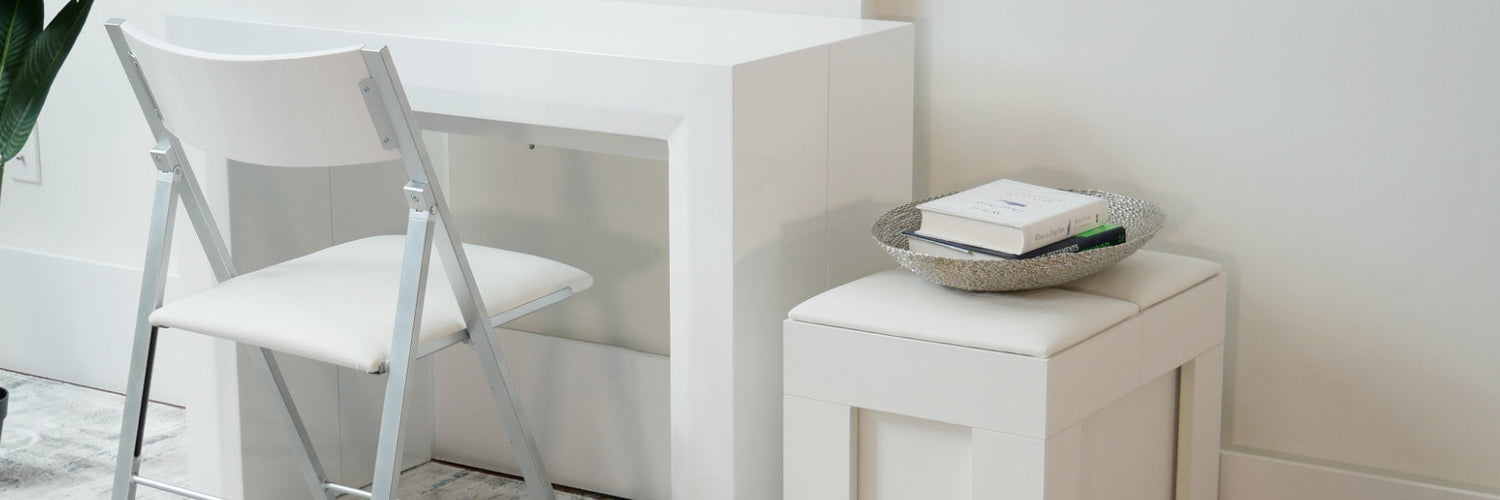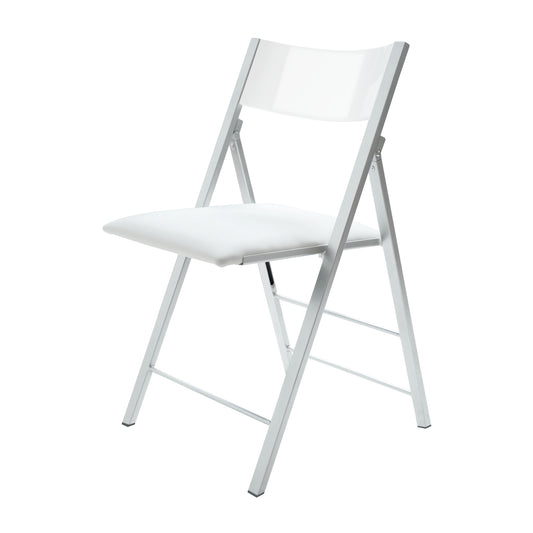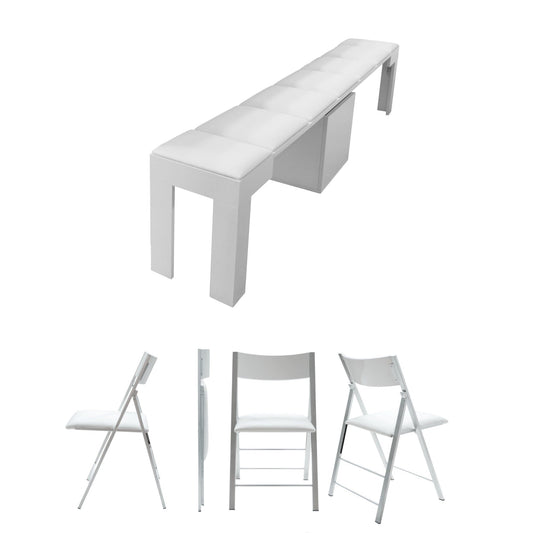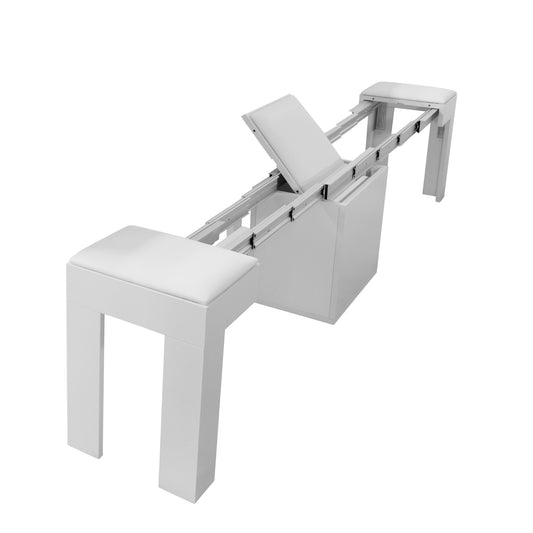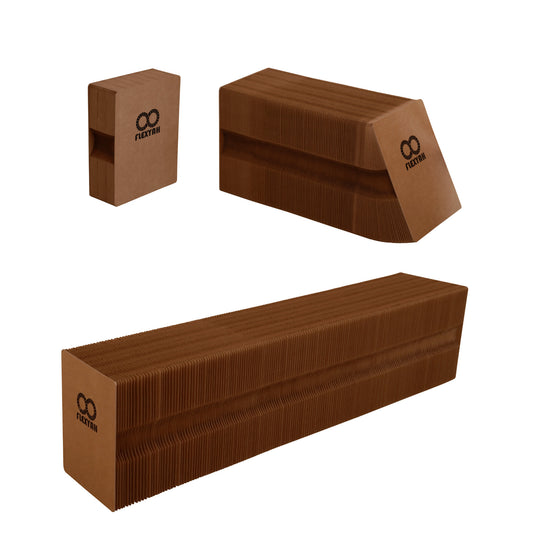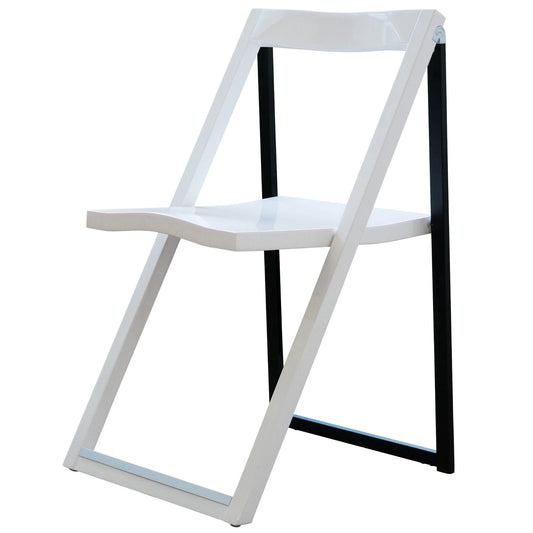The 70/30 rule of interior design creates balance by dedicating 70% of a room to primary furniture and colors, and the remaining 30% to accent pieces and contrasting details. This principle gives you a clear starting point when choosing furniture, artwork, or finishes while preventing spaces from feeling either too uniform or too chaotic.
The same method works whether you’re blending antique and modern furniture for a cohesive juxtaposition, pairing patterned walls with neutrals, or combining biophilic design elements with sleek glass or modern coffee tables.
By applying the 70/30 interior design ratio, you can create harmony while still allowing creativity to shine through accent details.
Here’s an example of how to do this when choosing furniture for a living room:
- 70% of your furniture shares the same material, style, or primary color. With the 70% you anchor a room using neutral colored furniture including couches and coffee tables.
- 30% of the remaining furniture will consist of accent pieces or contrasting colors. This includes a dark colored chandelier or dark wall scones in strategic places to blend the contrasting colors and furniture styles.
Best of all the 70/30 rule can be applied to all rooms including living rooms, bedrooms, and home offices.
Living Rooms
The goal of the 70/30 rule for living rooms is to create balance between comfort, function, and style.
Seventy percent of the room should be anchored by primary or statement furniture with a unifying color palette using neutral sofas in gray, tan, or white. These can be paired with ottomans or consoles that share similar tones and materials. This base establishes consistency and creates a visual foundation.
The other thirty percent is reserved for accent pieces that introduce contrast. Side tables, artwork, plants (including the colors and textures of the pots), or statement lighting bring variety and keep the room from feeling flat. Indoor plants are especially useful here, since they add vibrant pops of green and life, which is vital if your room design is minimalist, while also reducing stress and improving well-being.
Adding indoor plants to a minimalist space can add nice pops of color, while also providing psychological benefits, such as stress reduction, relaxation, and in some cases increased pain tolerance.
Dining Rooms
Dining rooms are smaller than other gathering spaces like living rooms in most homes, so the furniture you choose matters more as the furniture is the first part of what defines the look and feel of the space. This also makes the 70/30 design rule especially important for balancing visual weight.
Seventy percent of the design should come from the main dining set and other large pieces like china cabinets or shelving. A wooden dining table paired with matching cabinets can create a classic and antique look, while marble table tops and modern glass curios can create a contemporary aesthetic.
The remaining thirty percent is where accents shape the mood. Plants, wallpaper, wall sconces, or unique light fixtures soften the space and prevent it from feeling sterile. Think of a terra cotta-inspired dining room with antique decor touches like an Aztec rug or a Flemish-style chandelier. These accents enrich the room without overpowering the main furniture.
Pro-tip: For small or odd shaped dining rooms, go for an extending table instead of a fixed width. The shape of the table and space between the walls impact how a room feels, so keeping it in the smaller setting helps create a more comfortable space for intimate and smaller dinners, while you can still host large holiday meals by expanding it when entertaining.
By keeping the focus on functional statement pieces and adding accents with personality, your dining room will feel both practical and inviting.
Bedrooms
Bedrooms benefit from the 70/30 rule because they balance function with personal expression. This is especially true in children’s rooms, where research shows that design and environment influence learning and development. Seventy percent of the room should be anchored by functional furniture and a primary color palette.
For children, this could mean neutral-colored bed or expandable study desks like our Cove desk that creates structure for rest and focus. These larger pieces provide stability and prevent the space from feeling chaotic.
The other thirty percent comes from bold colors and whimsical accents with wallpaper, patterned pillows, or colorful comforters. Your kids can use these to showcase personality without overwhelming the space.
For adults, the same principle applies. Primary furniture in neutral tones paired with accent details like art or patterned bedding adds character while maintaining balance. This division ensures the room feels restful but still reflects individuality.
Home Offices
Home offices depend on both function and focus, so the 70/30 rule helps balance efficiency with comfort. Seventy percent of the design should come from functional furniture that supports long periods of productivity.
Anchoring the space with an expandable desk that includes storage reduces distractions by keeping supplies within reach. This layout allows you to stay in flow without breaking concentration to move between workstations.
The other thirty percent of the room should include accents that bring energy and prevent sterility. Artwork, bold colors, or small decor pieces on your desk give your eyes a place to rest and keep the space from feeling monotonous. These details make it easier to reset your focus without reaching for your phone or leaving the desk.
By dividing the room this way, your office becomes both highly functional and emotionally supportive, allowing you to stay productive while enjoying the space.
Using the 70/30 Rule Across Your Home
The 70/30 rule works because it prevents extremes.
Seventy percent of your design creates stability with statement furniture and a consistent color palette. The other thirty percent adds contrast through accents, decor, and secondary tones that give each room personality.
Applied to living rooms, it grounds large spaces with sofas, consoles, and neutral colors, then brings energy through lighting and plants. In dining rooms, it emphasizes central furniture like tables and cabinets, while accents such as sconces, rugs, and artwork complete the look.
Bedrooms balance functional pieces like bunkbed couches or study desks with bold colors and playful textiles. Home offices rely on expandable desks and storage for focus, with accents that spark creativity and prevent monotony.
No matter the room, starting with the 70% foundation ensures harmony and finishing with the 30% accent layer brings individuality. When combined they create spaces that feel balanced, functional, and inviting.
